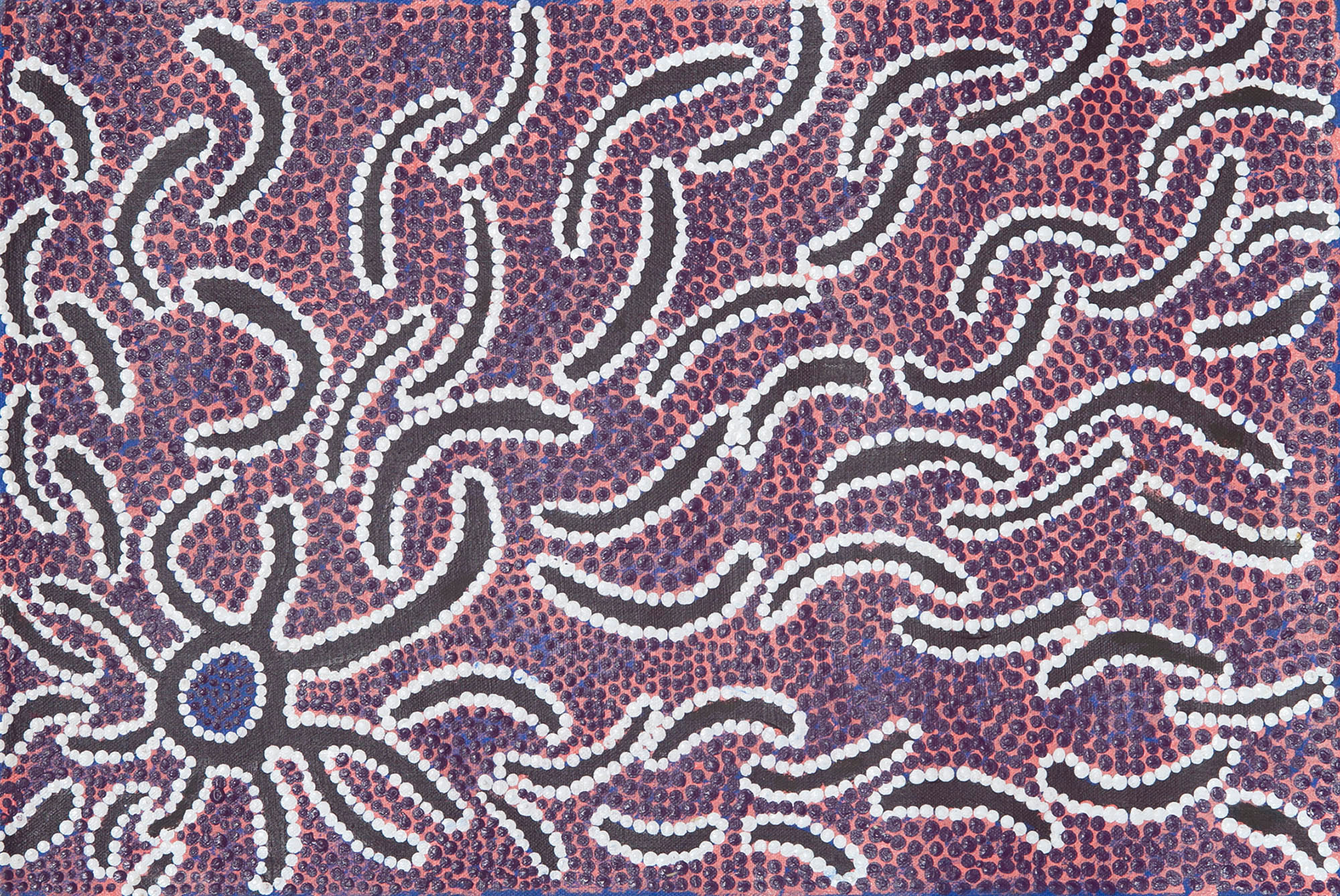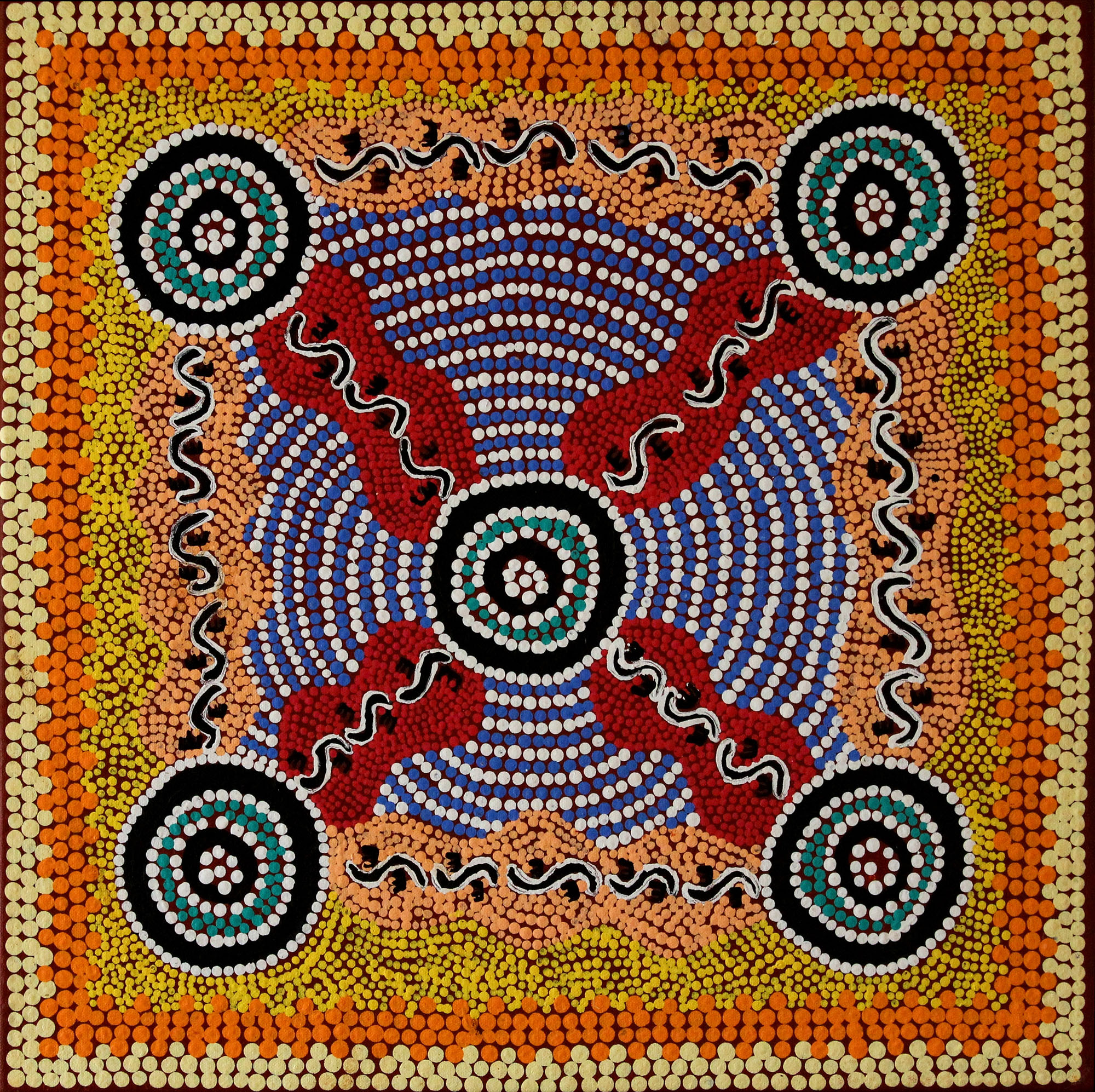Health Impacts
Alcohol, tobacco and illicit drug use is strongly linked with increased risk of chronic disease and blood borne viruses, as well as poor social and emotional wellbeing, potential harms to unborn children, disability, injury and death [34653][29610][27521].
Alcohol, tobacco and illicit drugs have been linked to a greater likelihood of developing a chronic disease or worsening the symptoms of an existing chronic disease such as cancer, heart disease and diabetes [33425].
Risky drug use and unsafe injection practices with some illicit drugs can cause the transmission of blood-borne viruses, including Hepatitis C, Hepatitis B and HIV [34653].
Alcohol and other drug use can have serious negative impacts on a person’s mental health [23503][18216]. The use of some illicit drugs such as cannabis and amphetamines, as well as alcohol, have been linked to mental health conditions like anxiety, depression and psychosis [33486].
Drinking alcohol during pregnancy can cause a range of mental and physical effects on the developing unborn baby, leading to learning and developmental disorders like Fetal alcohol spectrum disorder [31432].
Smoking in pregnancy is a concern because the poisons contained in tobacco and cigarettes can be passed onto the unborn baby [23503]. This can lead to complications during pregnancy and poor outcomes for babies [26473].


















